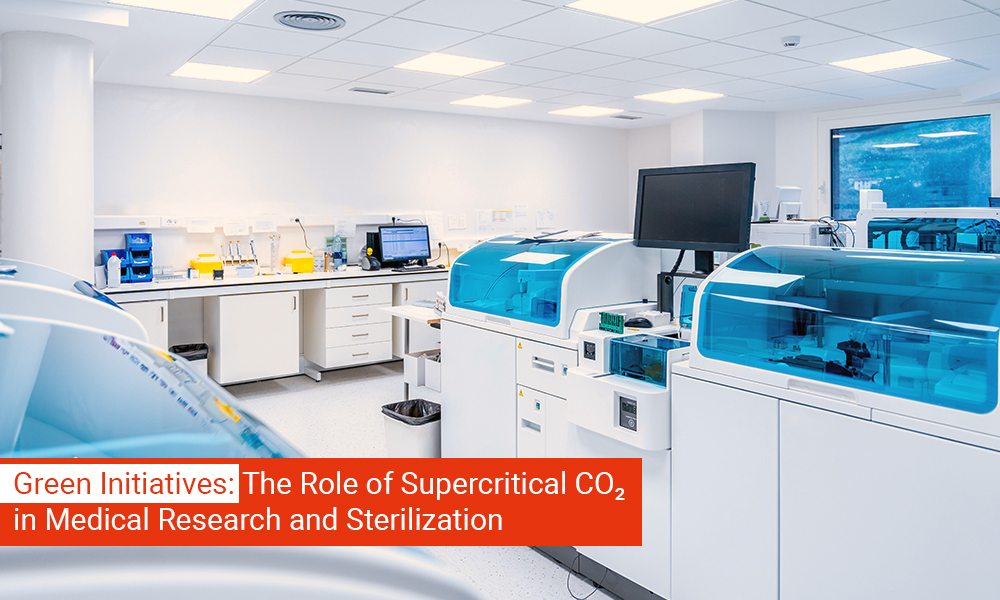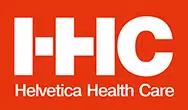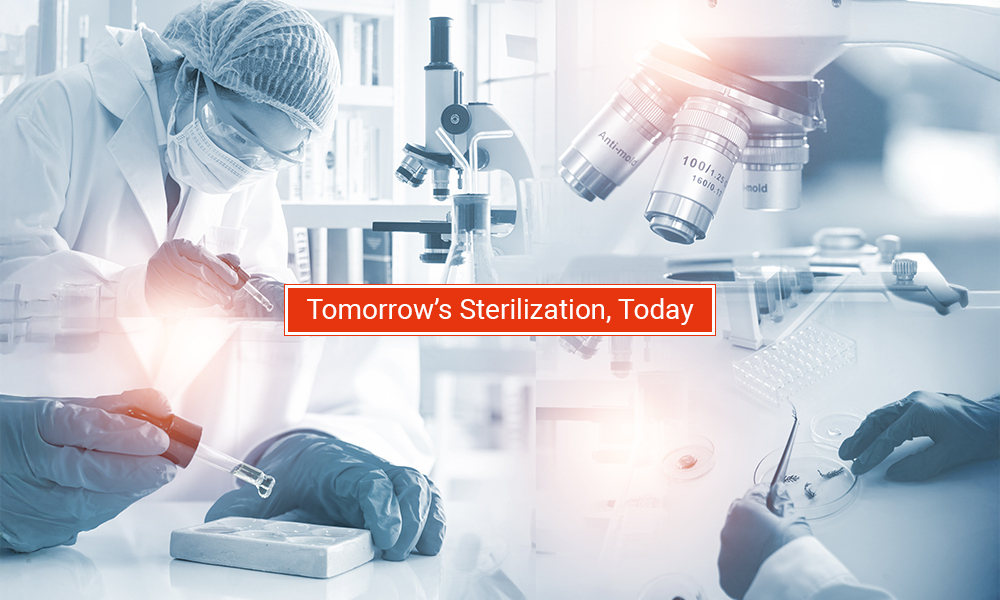Green Initiatives: The Role of Supercritical CO₂ in Medical Research and Sterilization

Sustainable Science Through Smart Sterilization
Sustainability is no longer optional in life sciences; it’s a necessity. Traditional sterilization techniques like ethylene oxide (EtO), autoclaving, and gamma irradiation are increasingly regulated due to their toxicity, high energy consumption, and material degradation risks.
Supercritical Carbon Dioxide (scCO₂): a sterilization method that uses CO₂ in a supercritical state (above 31°C and 7.4 MPa) to safely and effectively eliminate pathogens. This green technology leaves no toxic residues, preserves sensitive biomaterials, and recaptures CO₂ for reuse. It’s a game-changer for labs handling advanced biopolymers, tissue scaffolds, or pharmaceuticals.
The NovaGenesis Sterilizer leads this revolution, offering compact, customizable, ISO-compliant sterilization for the research and clinical sectors. Manufactured by NovaSterilis, a global leader in scCO₂ sterilization technology and multiple international regulatory clearances, it’s an ideal solution for labs committed to operational efficiency and environmental responsibility.
What is supercritical CO₂ sterilization?
Supercritical CO₂ (scCO₂) sterilization is a method that uses carbon dioxide in its supercritical state, where it behaves like both a gas and a liquid to penetrate materials and kill microorganisms effectively. This unique dual-phase behavior enables deep material penetration and microbial inactivation, as explored in this peer-reviewed review.
Why is Supercritical CO₂ eco-friendly?
Supercritical CO₂ (scCO₂) is considered an environmentally friendly sterilization technology because it uses CO₂, a naturally occurring, recyclable gas, without introducing harmful by-products into the environment. scCO₂ leaves no toxic residues and does not require hazardous waste disposal. Moreover, the CO₂ used can often be recaptured and reused, significantly reducing the carbon footprint of the sterilization process.
What types of materials can be sterilized?
Supercritical CO₂ (scCO₂) is remarkably versatile and can sterilize a wide range of materials, particularly those that are heat-sensitive or chemically fragile. It’s also suitable for decontaminating complex lab equipment and removing biofilms, endotoxins, and microbial contaminants. Because the process operates at low temperatures and avoids moisture and oxidation, it preserves the structural and functional integrity of advanced biomaterials, making it ideal for cutting-edge R&D and clinical use.
Is it safer than ethylene oxide?
Yes, Supercritical CO₂ (scCO₂) sterilization is significantly safer than ethylene oxide (EtO), both for the user and the environment. scCO₂ is non-toxic, non-flammable, and does not require any post-process aeration. The entire cycle is enclosed and clean, enhancing workplace safety.
Does Supercritical CO₂ (scCO₂) impact biomaterial integrity?
No, one of the primary advantages of scCO₂ is its ability to sterilize without compromising the physical or chemical structure of sensitive biomaterials. scCO₂ operates at low temperatures (typically under 60°C) and uses no reactive chemicals, preserving the integrity of tissue scaffolds and drug delivery systems, as shown in low-temperature biomaterial sterilization studies.
What regulatory approvals support Supercritical CO₂ (scCO₂)?
Medical devices processed with the technology used in the NovaGenesis System, powered by NovaSterilis, have received FDA clearances, TGA approvals in Australia, and multiple CE registrations in Europe. Organizations using scCO2 follow ISO 14937 for sterilization validation and ISO 11138 for biological indicators, assuring labs of its reliability and quality.
How long does the process take?
The duration of an scCO₂ sterilization cycle typically ranges from 30 minutes to 6 hours, depending on the material type, load size, and sterilization requirements. NovaGenesis allows customizable cycle settings, temperature, pressure, and time, enabling researchers to fine-tune protocols based on the sensitivity and complexity of their materials.
Is NovaGenesis scalable for different lab sizes?
Yes, NovaGenesis is specifically designed with flexibility in mind, making it suitable for both small research labs and larger institutional settings. With a compact, benchtop-friendly design and customizable settings, it suits space-limited labs and diverse applications. For higher volumes, models range from 20L to 2,000L. This scalability enables labs to start small and grow their capacity over time without needing to completely overhaul their sterilization infrastructure.
How does Supercritical CO₂ support ESG and compliance reporting for labs and institutions?
Supercritical CO₂ (scCO₂) supports ESG goals by offering a sterilization method that is clean, non-toxic, and ISO-compliant. It reduces environmental impact, supports sustainable procurement, and aligns with regulatory reporting standards, helping labs meet institutional mandates while advancing operational transparency and green innovation.
Are more labs and healthcare institutions adopting Supercritical CO₂ (scCO₂) sterilization?
Yes, there is a growing shift toward scCO₂ sterilization across academic, clinical, and biotech settings due to its alignment with sustainability and regulatory trends. With increasing restrictions on ethylene oxide and rising awareness of environmental impacts, institutions are seeking cleaner, faster, and more material-friendly alternatives. scCO₂ is gaining traction not only for its green profile but also for its proven effectiveness in preserving biomaterials.
Tomorrow’s Sterilization, Today
Supercritical CO₂ is not just a cleaner sterilization method, it’s a smarter one. As regulatory bodies and research institutions demand sustainable innovation, with the NovaGenesis System, Helvetica Health Care offers a proven, eco-conscious path forward. From tissue engineering to pharmaceutical production, scCO₂ is setting a new benchmark for safety, efficiency, and environmental responsibility.
But effective sterilization is just one part of the equation. Ensuring reliable experimental outcomes also requires the use of high-quality external controls. Poor-quality controls can undermine even the best sterilization protocols, jeopardizing research integrity and compliance. That’s why HHC supports labs not only with advanced sterilization solutions but also with trusted, ISO-certified external controls to uphold the highest standards of molecular biology. Explore our full equipment catalogue to find sustainable solutions tailored to your lab.
Discover NovaGenesis and how HHC can help your lab enhance both sustainability and scientific rigor.

